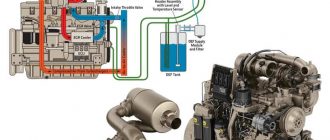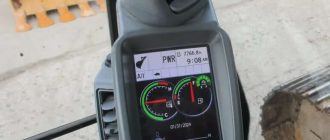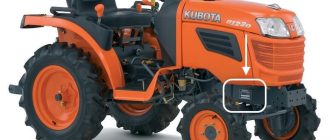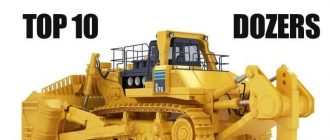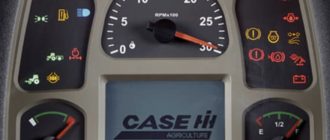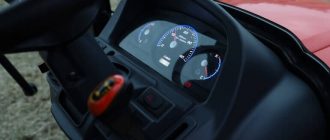Choosing the right bulldozer (dozer) involves considering various factors, including the size and specifications of the dozer, as well as the specific tasks it needs to perform. It’s essential to consult with industry experts and equipment dealers to ensure you make an informed choice.
Additionally, factor in any attachments or specialized equipment you might need for specific tasks, as these can significantly impact the dozer’s performance.
How to Choose the Right Bulldozer?
Choosing the right bulldozer (dozer) is crucial to ensure you have the appropriate machine for your specific needs.
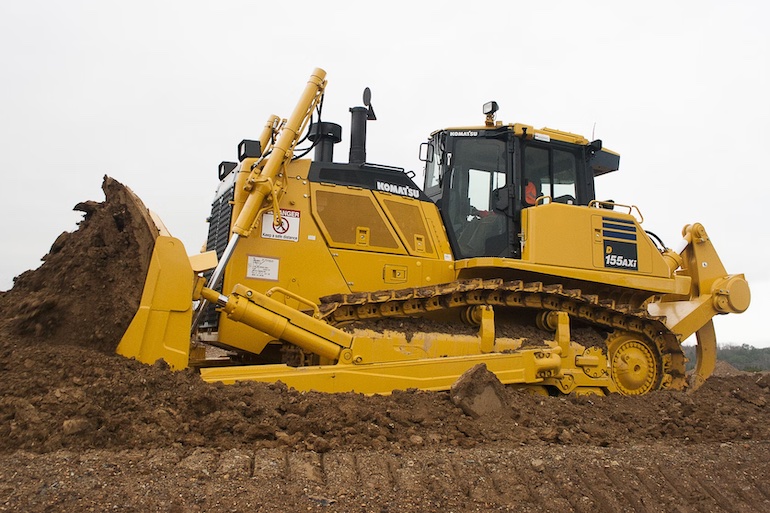
Here are steps to help you choose the right bulldozer:
Determine Your Project Requirements
Consider the type of projects you’ll be working on. Do you need a dozer for construction, mining, forestry, or agriculture? Evaluate the scale of work. Smaller bulldozers are suitable for light grading and landscaping, while larger ones are needed for heavy construction or mining.
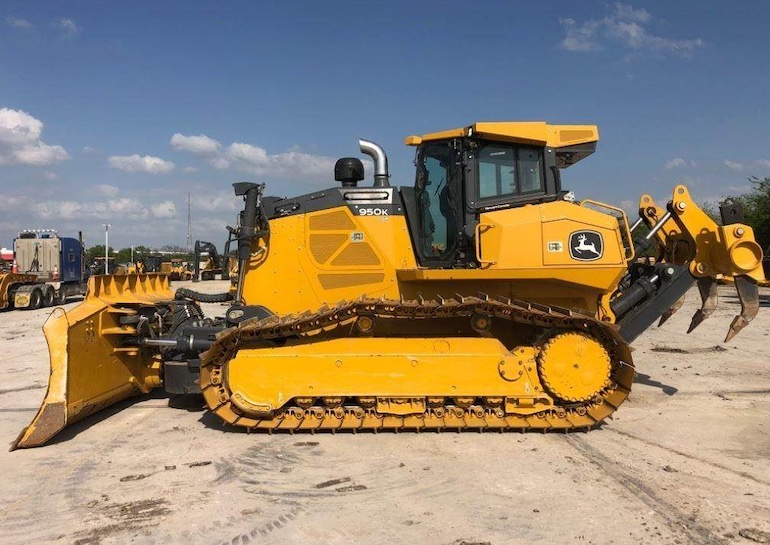
Assess the terrain where the dozer will operate. Different models are suitable for various terrains, such as soft soils, rocky terrain, or marshy areas. Choosing a bulldozer based on the terrain and ground conditions of your construction site is critical for achieving optimal performance and safety. Here’s how to select the right bulldozer for specific terrain and ground conditions:
1. Evaluate Terrain and Ground Conditions: Begin by thoroughly assessing the terrain and ground conditions of your construction site. Consider factors such as soil type, slope, obstacles, and any unique challenges the terrain presents.
2. Soil Type: Identify the type of soil you’ll be working with, as it significantly affects the choice of bulldozer. Common soil types include clay, sand, gravel, and rocky soil. Different dozers are better suited to different soil types.
3. Slope and Grade: Determine the slope and grade of the terrain. Steeper slopes may require specialized dozers with features like wider tracks, low ground pressure (LGP) configurations, or winches for added stability and control.
4. Obstacles and Debris: Take note of any obstacles, debris, or rocks on the site. For areas with obstacles, you may need a dozer with enhanced maneuverability and protection features, such as guarding for the blade.
5. Wet or Soft Ground: If your site has wet or soft ground conditions, consider bulldozers with wider tracks or LGP configurations. These distribute the machine’s weight more evenly to minimize ground disturbance.
6. Blade Type: Choose the appropriate blade type based on the specific tasks related to your ground conditions: Straight Blades: Ideal for fine grading and light earthmoving; U-Blades: Suited for large-scale earthmoving, pushing heavy materials, and creating large piles; S-Blades: Efficient for ditching, sloping, and moving materials.
7. Track Type: Select the right track type for your terrain: 1) Standard Tracks: Suitable for general construction and grading on stable ground. 2) Low Ground Pressure (LGP) Tracks: Designed for soft or muddy terrain, providing better traction and lower ground pressure to reduce sinking.
8. Evaluate Horsepower (HP): Consider the dozer’s horsepower in relation to the terrain. Steeper slopes or challenging ground conditions may require higher horsepower for better performance.
9. Rippers or Multi-Shank Rippers: If your site has compacted or rocky soil, you may need a bulldozer with a ripper or multi-shank ripper attachment to break up the ground effectively.
10. Blade Tilt and Pitch Control: Some bulldozers offer blade tilt and pitch control features that allow the operator to adjust the blade angle for improved grading and contouring on uneven terrain.
11. Attachments & Specialized Equipment: Factor in any attachments or specialized equipment you might need for specific tasks, as these can significantly impact the bulldozer’s performance.
Choosing a bulldozer tailored to your terrain and ground conditions enhances productivity, minimizes soil disturbance, and ensures safety on the construction site. The right dozer will efficiently tackle the challenges posed by your specific environment.
Understand Bulldozer Sizes / Classes
Before choosing the right bulldozer, decide on the size of the equipment for your tasks!
- Small Dozers: These are typically under 150 HP and are suitable for light grading, landscaping, and small construction tasks.
- Medium Dozers: Ranging from 150 to 250 HP, medium dozers are versatile and can handle general construction and site preparation.
- Large Dozers: These machines have 250 to 450 HP and are designed for heavy construction, mining, and large-scale earthmoving projects.
- Extra-Large Dozers: With over 450 HP, these dozers are used for extreme earthmoving, mining, and major infrastructure projects.
Consider Blade Width
The width of the dozer blade affects its capacity to move material. Ensure the blade width matches your project’s requirements. Choosing the right bulldozer blade is crucial for ensuring that your construction or earthmoving tasks are completed efficiently.
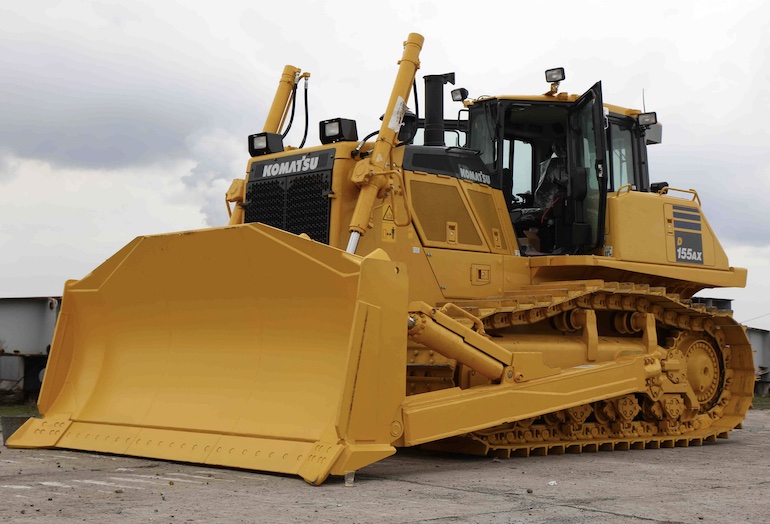
Start by understanding the primary tasks your bulldozer will be performing. Different blade types are suitable for various applications, so knowing your needs is essential. Here’s how to choose a bulldozer based on the blade type:
1. Blade Types:There are several common blade types for bulldozers, each designed for specific tasks:
- Straight Blade: These blades are versatile and suitable for general-purpose tasks like grading, leveling, and pushing materials.
- U-Blade: U-blades are larger and deeper, making them ideal for moving large volumes of material, creating piles, and pushing heavy loads.
- S-Blade: S-blades have a curved shape and are excellent for tasks like ditching, sloping, and creating contours on the ground.
- Angle Blade: Angle blades can be angled left or right, making them useful for tasks like ditch cleaning, backfilling, and grading slopes.
- 6-Way PAT Blade: A Power-Angle-Tilt blade is an advanced feature used in bulldozers and other earthmoving equipment to enhance their grading and leveling capabilities. The six-way blade allows the operator to make adjustments in multiple planes, enhancing the dozer’s capability to shape terrain accurately. The movements are typically as follows: Up and Down (Lift): The blade can be raised or lowered to control the depth of the cut or fill. Side to Side (Angle): The blade can be angled to the left or right, facilitating the creation of slopes and contours. Forward and Backward (Tilt): The blade can be tilted forward or backward, allowing for better control over the material being moved.
2. Consider Blade Width: The width of the blade is crucial. A wider blade allows for more material to be moved in each pass, which can improve efficiency. However, consider the size of your worksite and whether a wider blade can maneuver comfortably in confined spaces. The type of material you’ll be working with also influences your blade choice.
3. Blade Tilt and Pitch Control: Some bulldozers are equipped with blade tilt and pitch control features. These allow the operator to adjust the angle and pitch of the blade, which is especially useful for fine grading and contouring work.
Remember that selecting the right bulldozer is essential for efficiency, safety, and cost-effectiveness in your projects. Take your time to assess your needs and explore different options before making a decision.
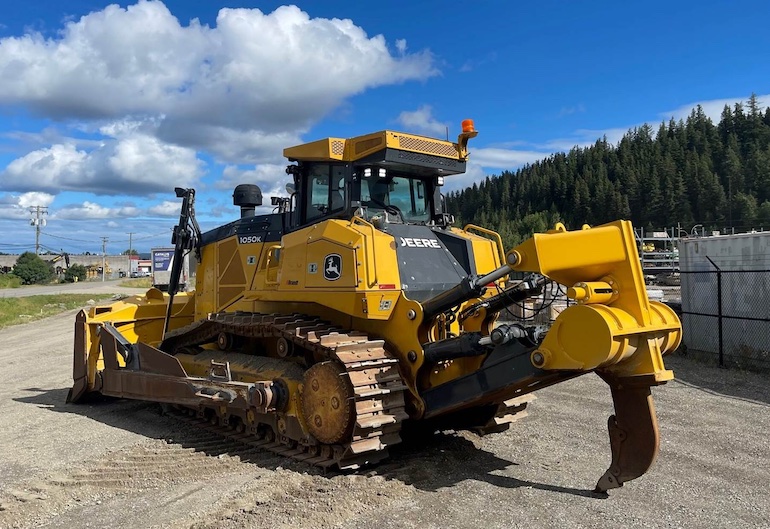
Should I Buy or Rent a Dozer?
Whether to buy or rent a dozer depends on various factors, including your specific needs, project duration, budget, and long-term plans. Here’s a guide to help you make an informed decision:
Reasons to Buy a Dozer
- Long-Term Projects: If you have ongoing or frequent earthmoving, construction, or land development projects, buying a dozer can be a cost-effective choice. It provides you with a dedicated machine at your disposal whenever needed.
- Customization: When you buy a dozer, you have the flexibility to customize it according to your project requirements. You can choose the blade type, attachments, and other features to suit your specific tasks.
- Cost Savings in the Long Run: Over the long term, owning a dozer can be more cost-effective than renting, especially if you anticipate using it frequently. You avoid paying rental fees each time you need a machine.
- Asset Ownership: Purchasing a dozer adds an asset to your company’s balance sheet. It can potentially appreciate over time and be used as collateral for financing other business needs.
- Depreciation and Tax Benefits: You may benefit from tax deductions related to equipment depreciation and financing interest. Consult with a financial advisor to understand the tax advantages.
Reasons to Rent a Dozer
- Short-Term Projects: If your project is short-term or occasional, renting a dozer is often a more cost-effective choice. You pay for the equipment only when you need it, avoiding the costs of ownership during downtime.
- Maintenance and Repairs: When you rent, you typically don’t have to worry about maintenance and repair costs. Rental companies are responsible for keeping their equipment in working order.
- Variety of Machines: Renting provides access to a range of dozer sizes and types. You can choose the most suitable dozer for each project without the commitment of ownership.
- No Storage Costs: Owning heavy equipment like dozers requires space for storage, which can be costly. Renting eliminates the need for storage facilities.
- Updated Equipment: Rental companies often maintain modern and well-maintained equipment, ensuring you have access to the latest technology and safety features.
- Reduced Initial Investment: Renting requires a smaller upfront investment compared to purchasing a dozer, which can free up capital for other business needs.
What to Consider Before Making a Decision:
- Project Duration: Consider how long you’ll need the dozer. If it’s a short project, renting is usually more economical. For long-term projects or ongoing work, owning may make more sense.
- Budget: Evaluate your budget and cash flow. Buying a dozer requires a significant upfront investment, while renting involves periodic rental fees. Consider fuel efficiency, especially for long-term projects. Modern dozers often feature advanced engines and technologies for better fuel economy.
- Maintenance, Repairs and Serviceability: Factor in the costs and responsibilities associated with maintaining and repairing the equipment. With ownership, these costs are your responsibility; with renting, they are typically covered by the rental company. Check the ease of maintenance and availability of service and parts for the chosen dozer model.
- Resale Value: Consider the potential resale value of the dozer if you plan to sell it in the future. Be aware of emissions and environmental regulations in your area. Choose a bulldozer that complies with these regulations.
- Financial Advice: Consult with a financial advisor or accountant to assess the financial implications of buying versus renting based on your specific circumstances.
Ultimately, the decision to buy or rent a dozer should align with your project needs, financial capabilities, and long-term business goals. It’s advisable to conduct a thorough cost-benefit analysis to determine which option best suits your situation.
Should I Get a New or Used Dozer?
Choosing between a new or used dozer depends on various factors, including your budget, specific project needs, and preferences. Here are some considerations to help you decide:
Reasons to Buying a New Dozer
- Reliability: New dozers are generally more reliable and come with warranties, reducing the risk of unexpected breakdowns. They are less likely to have hidden issues or wear and tear.
- Latest Technology: New machines often feature the latest technology, including advanced GPS systems, telematics, and fuel-efficient engines. This can improve productivity and fuel efficiency.
- Safety Features: New dozers typically come equipped with the latest safety features and ergonomic improvements, enhancing operator comfort and safety.
- Lower Maintenance: New equipment requires less immediate maintenance, which can translate to lower operating costs in the early years of ownership.
- Resale Value: While a new dozer depreciates as soon as it’s purchased, it may have a higher resale value down the line compared to a used machine.
- Financing Options: Manufacturers and dealers often offer attractive financing options for new equipment, making it more accessible for businesses with strong credit.
Reasons to Buying a Used Dozer
- Cost Savings: Used dozers are generally more affordable upfront, making them an attractive option for businesses with budget constraints. You can get a larger machine for your budget when buying used.
- Immediate Availability: Used dozers are readily available for immediate use, whereas new machines may have longer lead times, especially if they need to be ordered from the manufacturer.
- Known Performance: With used equipment, you can research the machine’s history and performance records, giving you a better idea of what to expect.
- Lower Depreciation: While new dozers depreciate quickly in the first few years, the rate of depreciation for used equipment tends to slow down. This can result in a lower total cost of ownership over time.
- Less Risk for Certain Tasks: If you need a dozer for occasional or less demanding tasks, a used machine may suffice without the need for a significant investment.
Your budget is a primary consideration. If you have the financial capacity to purchase a new dozer without straining your finances, it may offer advantages in terms of reliability and technology. Assess the specific requirements of your projects. If your projects demand the latest technology and high reliability, a new dozer may be the best choice.
For less demanding tasks, a used dozer could be sufficient. When considering a used dozer, thoroughly inspect its condition, maintenance history, and hours of operation. A well-maintained used machine can be a cost-effective option.
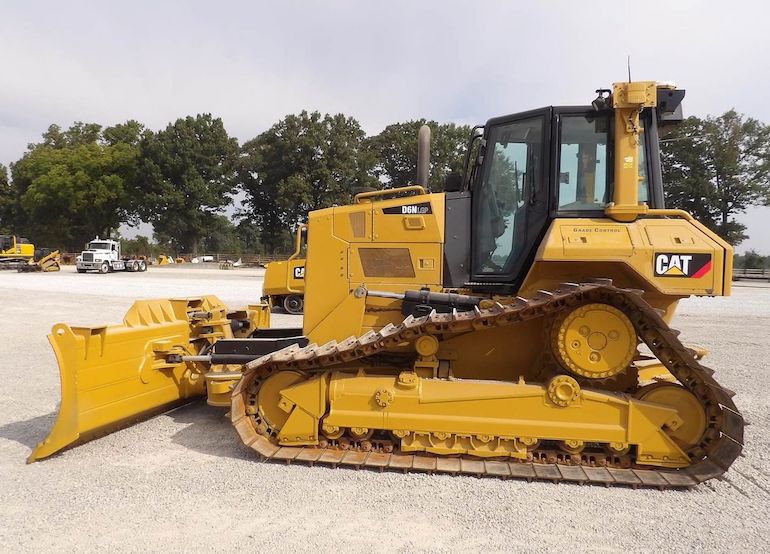
If you plan to sell the dozer in the future, evaluate the potential resale value of both new and used machines. Explore financing options for both new and used dozers to determine which aligns better with your financial situation. Ultimately, the decision between a new and used dozer should be based on your unique circumstances and project requirements. Careful research, inspections, and cost analyses will help you make an informed choice that meets your needs and budget constraints.
